Hello! Welcome to our habitual Wednesday post. If you’re not a subscriber but want to be, there’s a button to sign up below:
Sometimes things can really go unplanned, whether or not to act spontaneously is practising the art of trusting your instincts. Last week, I solemnly mentioned that this week’s coverage would be on various trends of FW24 and inspired looks from the runways. I was not entirely diverted but what I least expected was falling down the rabbit hole of delving into the history and stories behind my first search object when I casually mentioned it to my Aunt and an unexpected conundrum popped up:
(Translation: Who is Mary Jane?)
I mean, of course, I replied with a self-explanatory picture that she immediately referred to it as schoolgirl shoes and was doubtful why Mary Janes centre in the adult’s world of fashion (notably the black ones), let alone its resurgence and asking further questions on 10 ways to style them. Sometimes it seems tricky to people who are just not into fashion to find out about fashion pieces that are named after celebrities. Say Birkin denotes the sublime and iconic Jane Birkin we all know, and was popularly recognised as the poster-child of Mary Janes in the 60s. But then, who is the Mary Jane behind those Mary Janes?
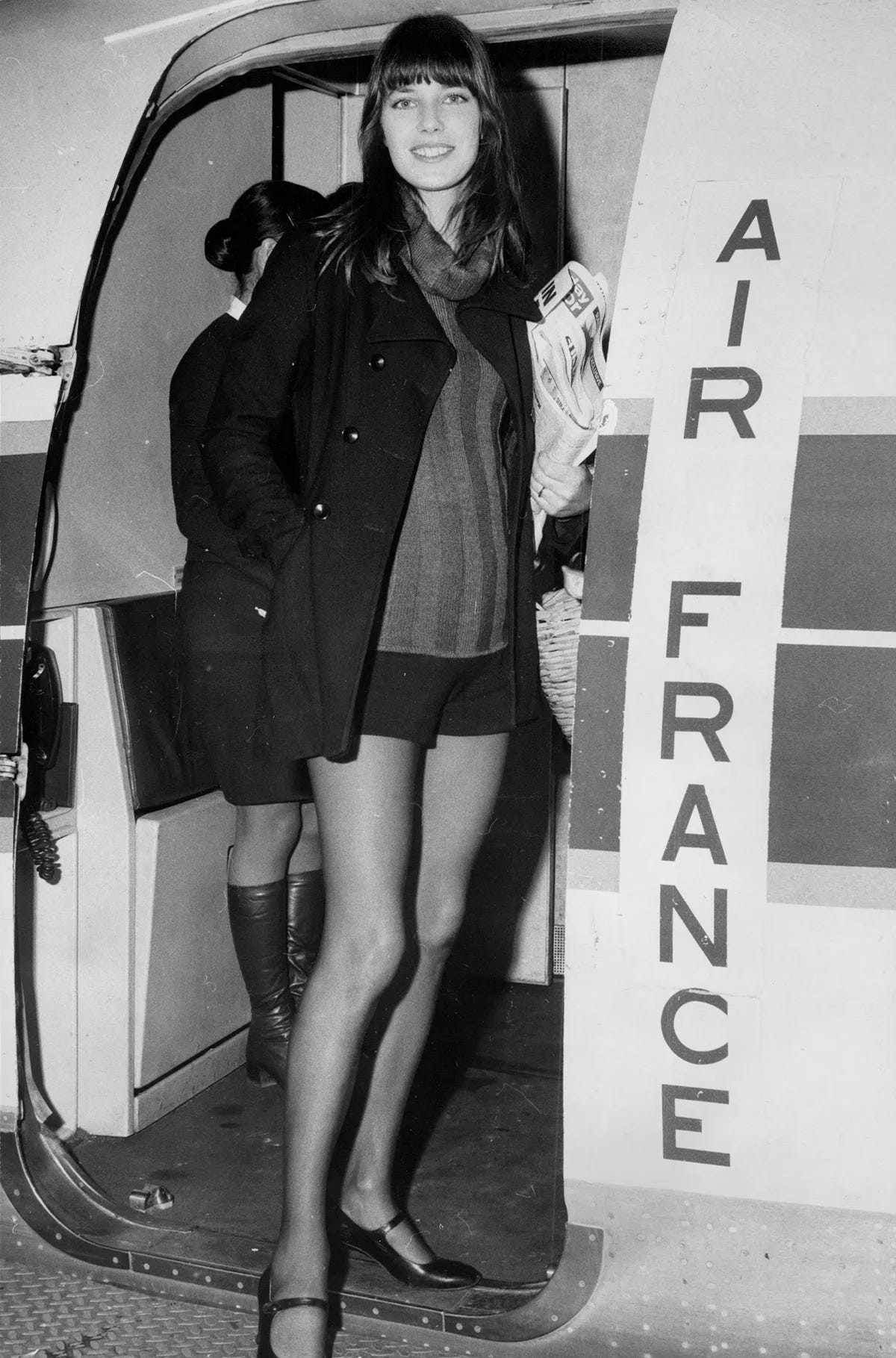
Buster Brown & The Brown Shoe Company
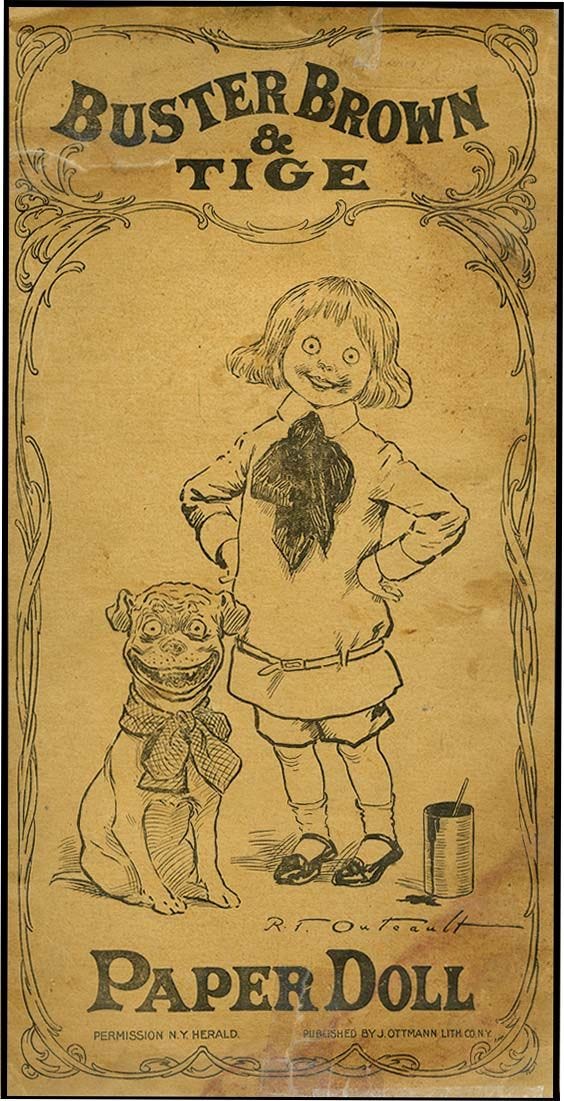
The enduring legacy of Mary Jane would not exist without mentioning Buster Brown, the well-dressed boy above, and his talking dog Tige, who were immensely popular cartoon characters created by Richard F. Outcault for New York Herald in 1902.
Besides Tige, Buster Brown was accompanied by a sister figure Mary Jane, a dark-haired girl who was depicted as a kind and gentle character that contrasted with Buster’s playful antics in the comics. Both characters wearing distinctive shoes with a strap across the instep had caught the attention of John Bush, a sales executive from the Brown Shoe Company, in 1904 St. Louis World Fair (the same fair that featured wireless telephones, X-ray machine and Ota Benga). With Outcault selling licenses to companies to use the Buster Brown characters to advertise their products, Bush noticed the connection between the characters and Brown Shoe company (‘the Browns’) could be a hit, hence purchased rights from Outcault to use the name and image of Buster Brown on their children shoes. Subsequently, the shoe company went all out with their marketing, hired little men to play Buster in tours around the state, each accompanied by a dog and performed in department stores, theatres and shoe stores from 1904 until 1930.
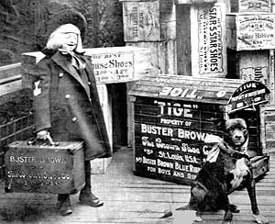
To further expand into the girls’ market, the Brown Shoe Company also licensed the name ‘Mary Jane’ to be used for their line of girls’ strap shoes, creating the same style of shoes worn by Buster Brown and Mary Jane in the comic strips. How astute!
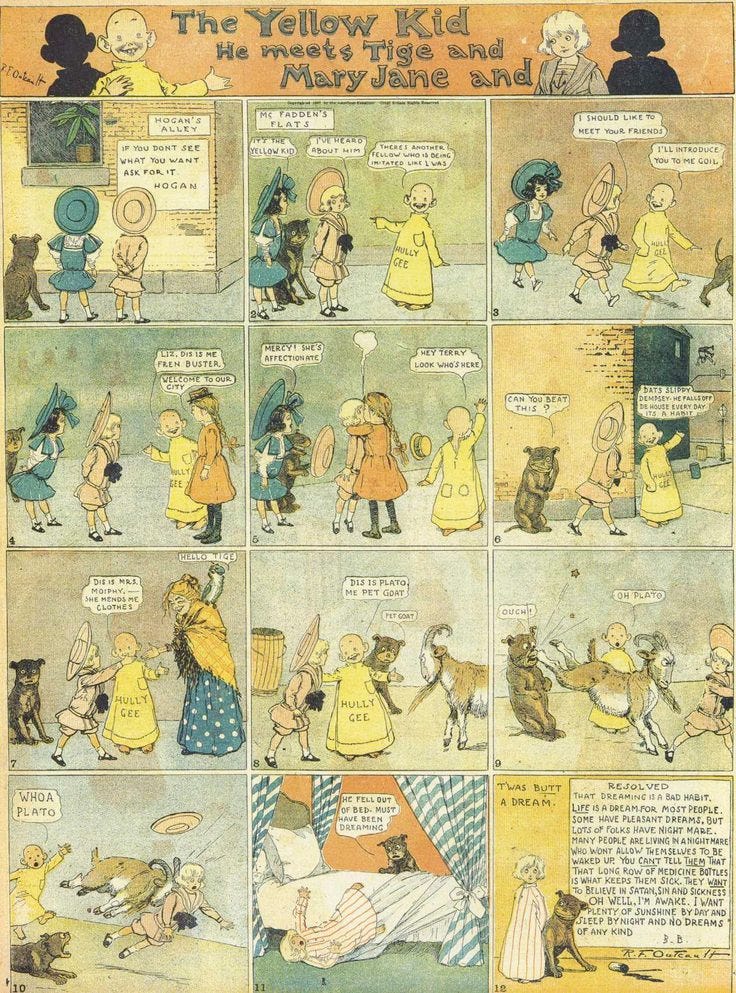
Some Buster Brown shoe ads:
Development of Mary Janes
At first Mary Janes were worn by both boys and girls in America and Europe, but soon after the style became a favourite for girls.
1920s
The ‘Roaring Twenties’ was a time of incredible change, during which more liberal views on acceptable dress codes were forged. Mary Janes were a famous part of Flapper Girls’ favourite ensembles, which were produced silky, sophisticated and glamorous. It came in fancy ‘flapper’ models as well as practical low heel comfort shoes and summer sandals. For instance, Charleston, a social jazz dance highly popular in the 20s demanded a securely fastened shoe with a low heel and a closed toe. In this case, Mary Janes are their go-to. It was known that maids and servants were also required to wear simple Many Janes with soft soles that wouldn’t make noise while walking through the house.
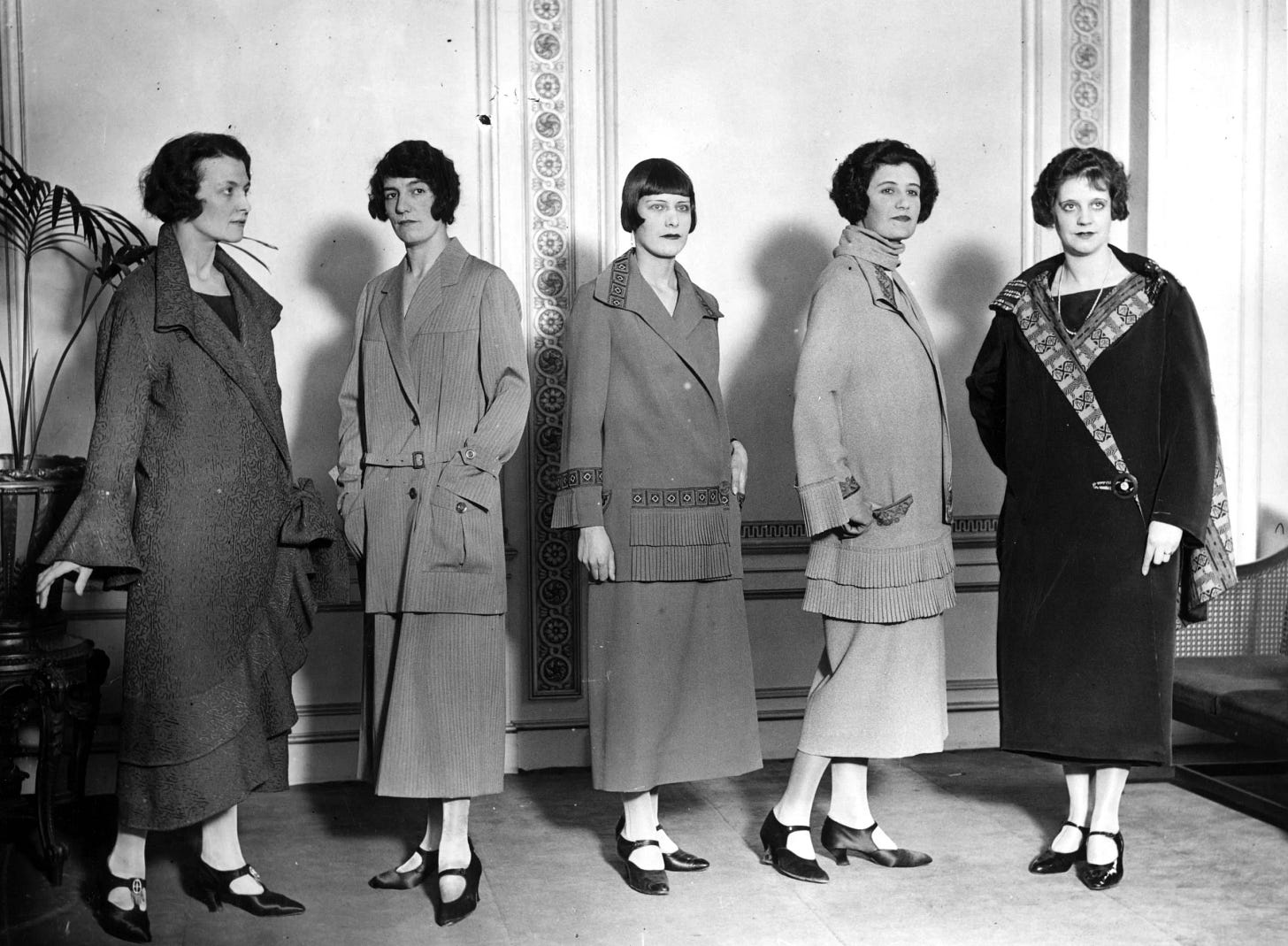


1930s
The 30s is generally understood as a decade stuck between the wild decadence of the 20s and the death, destruction and extreme shortages of the WWII. The 1929 Wall Street crash in the USA had the world plunged into a financial depression, for women who wanted to be fashionable had to find their way to make the most of a lower budget than they were used to. The power of celebrity influenced consumers of the 30s when it came to choice of hairstyle, clothes and of course, shoes. Among which, Mary Janes proved to remain popular as seen often on films and advertisements.
1940s
During WWII, much of the world’s production of basic commodities was being poured into the war effort. According to Satra, the rationing of leather shoes began in the USA in 1943. Every man, woman and child were permitted to buy up to only three pairs of leather shoes each year. Leather was only made in six colours to simplify production. As the war continued, the supply of leather for domestic use continued to decrease, and the ration was reduced to two pairs of leather shoes per year in 1944. The ever popular Mary Jane shoes became ‘must have’ for US women when ration coupons could be spared. Shoe repairing services became regular.

1950s
In the 50s, Mary Janes became a popular shoe for school kids (until today). Girls wore Mary Janes while boys were commonly seen wearing T-bar sandals, a supplant of pre-war Mary Janes.
1960s
Mary Jane shoes in the 60s have embraced elements of dancing shoes in the 20s and 30s with Cuban heels, shapely body and thin straps that made a woman's legs appear like thin dancer's legs. Thin straps were popular at the start of the 60s, but they became wider to accommodate heavy buckles by the middle of the decade. Colour options and styles that came with it were bold. Both single-strap and multi-strap Mary Jane shoes were available.
Interesting fact:
While Mary Janes had traditionally featured a strap across the arch of the foot, a lower placement closer to the toes was actually the most popular version since the middle of the decade. Such change in design essentially made the shoe a ‘slip-on’ style rather than needing to be buckled, so the straps were generally for decoration purpose.
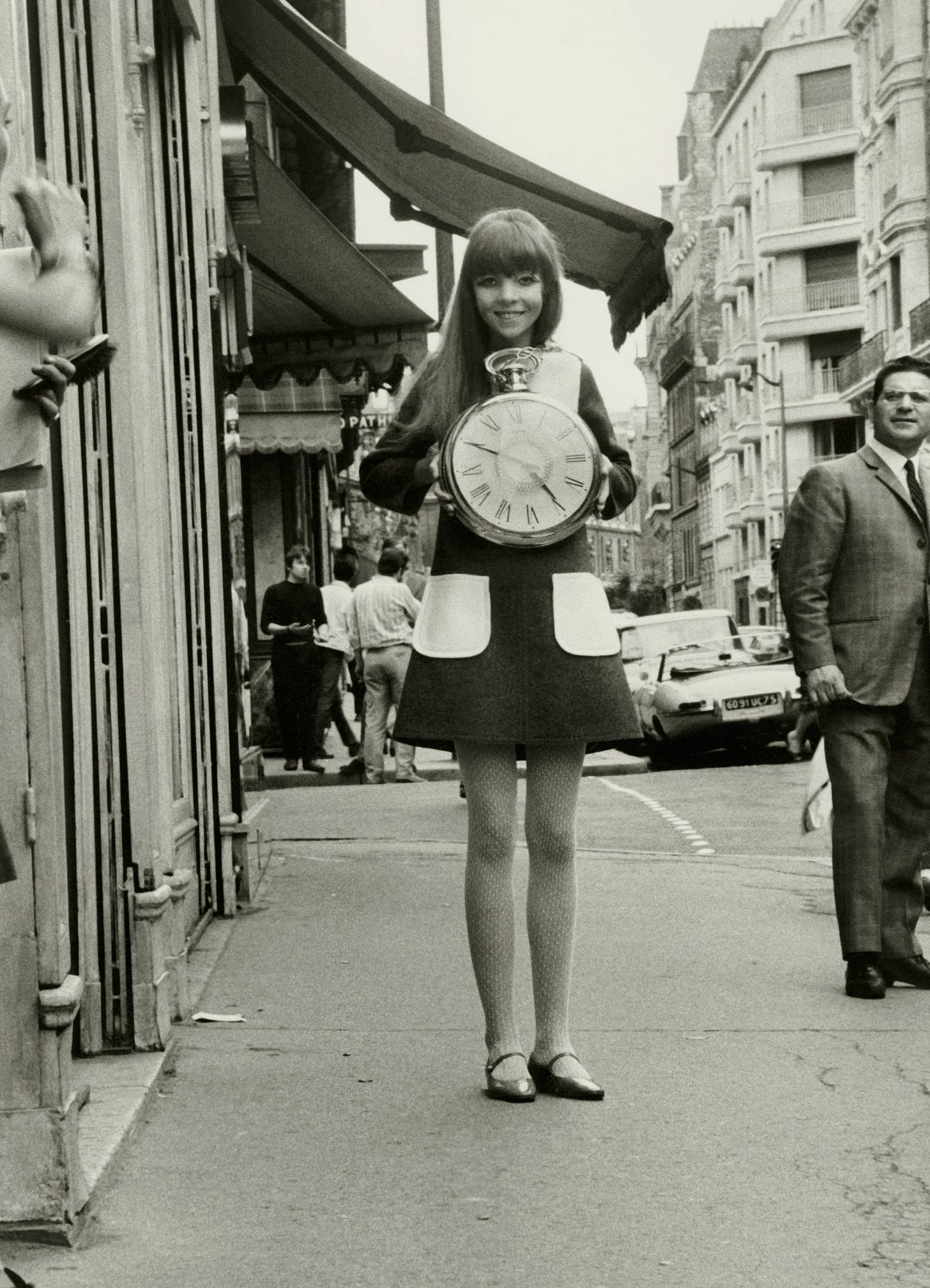
1970s & 1980s
Both the 70s and 80s have marked a significant period of transformation in global history, witnessing dramatic events unfolding across the world. The tumultuous events that occurred worldwide during this time could possibly fill a Hollywood movie with non-stop action lasting for several hours. While flamboyant styles and wild imaginations brought by music and movies swept through, Mary Janes were not as popular as sports shoes, jelly sandals and kitten-heeled shoes in these two decades.
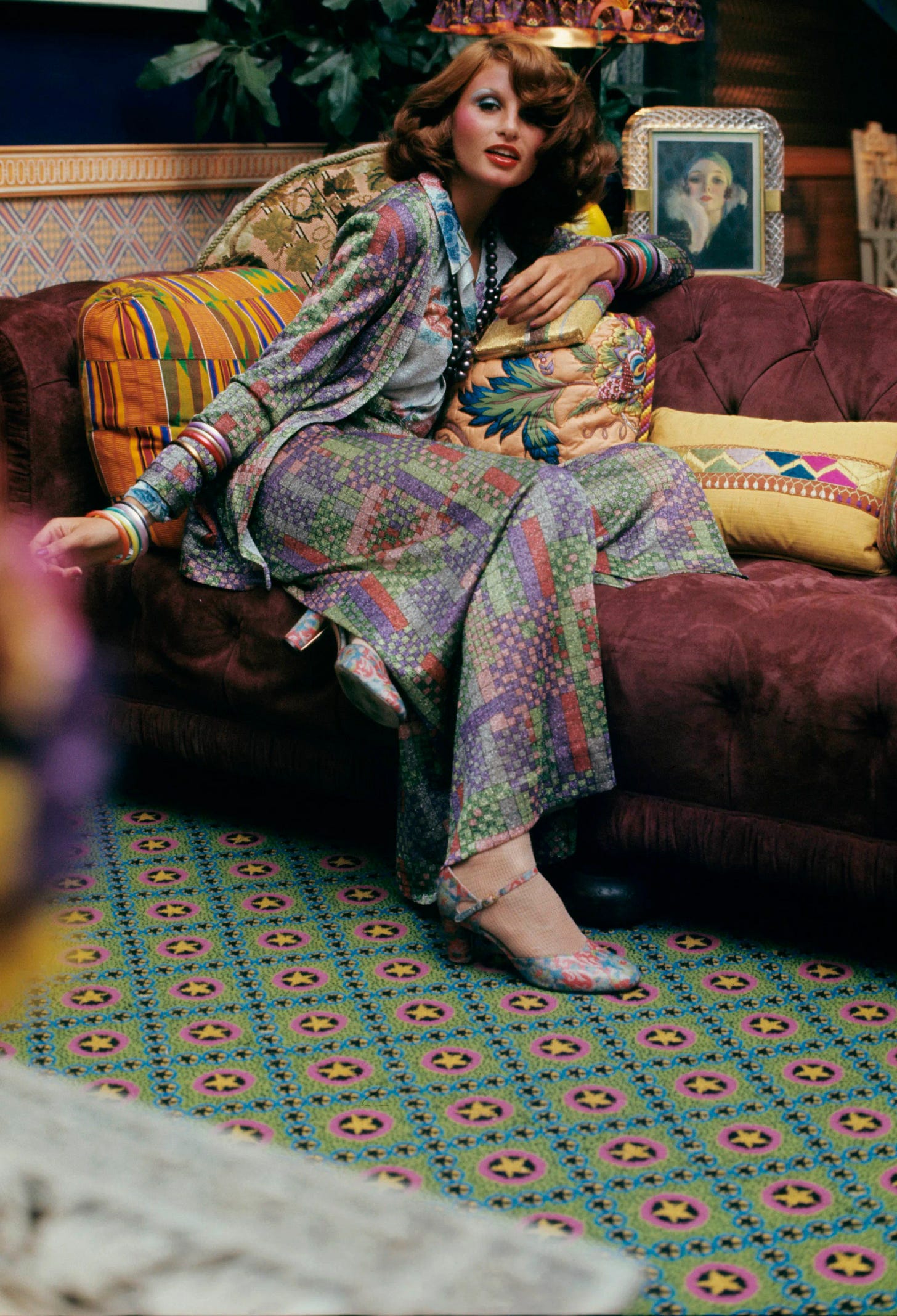
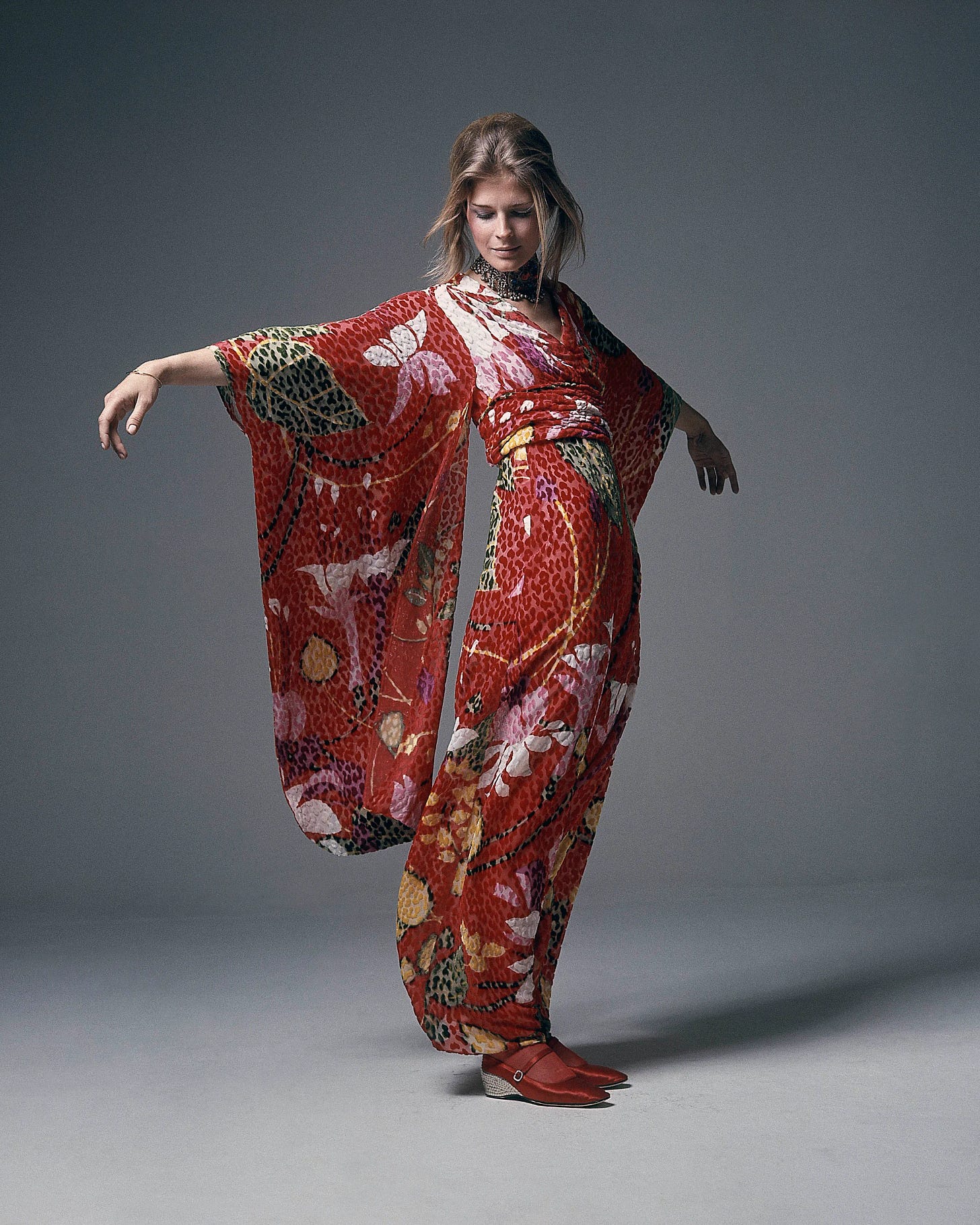
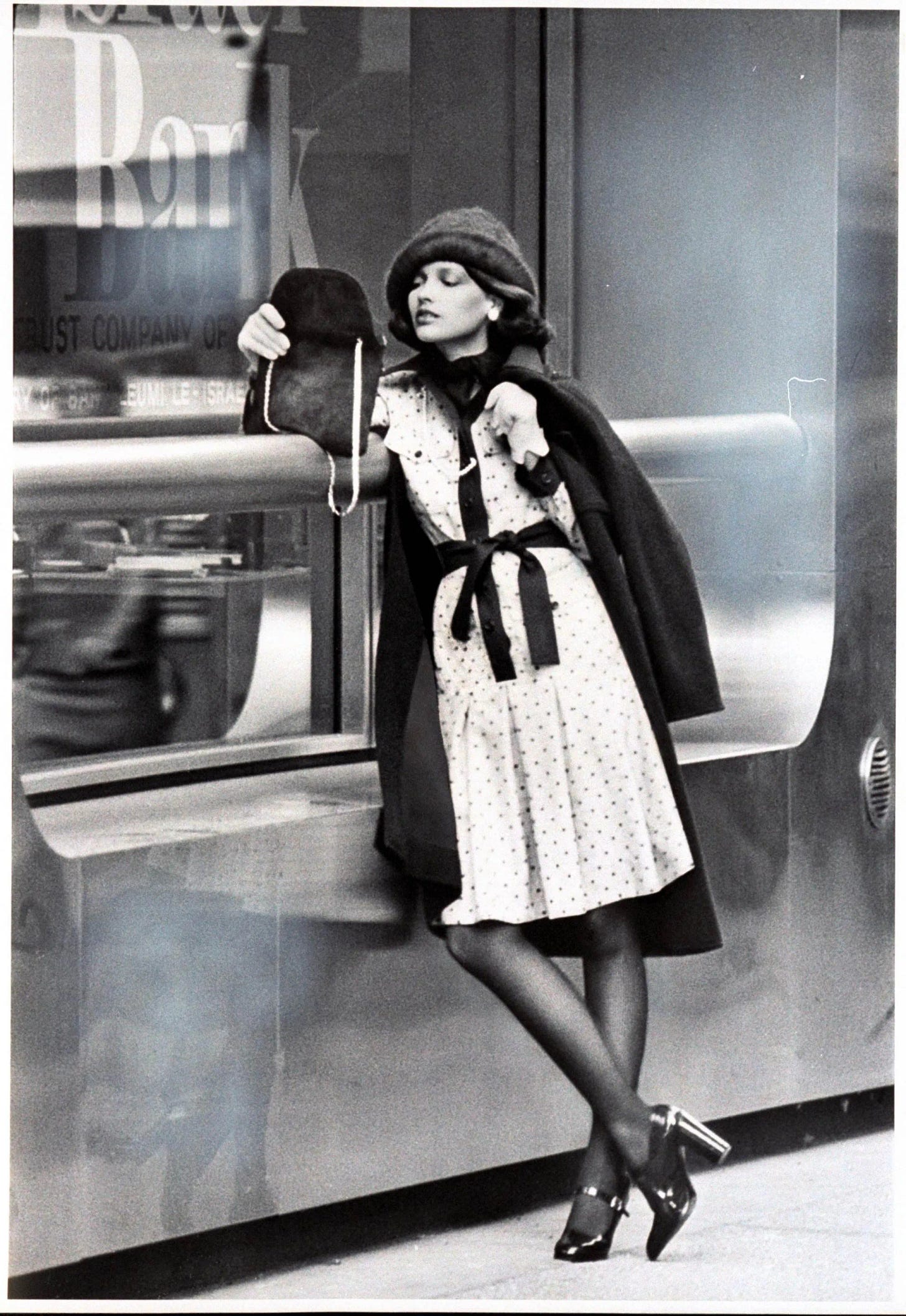
1990s & 2000s
Styles featuring Mary Janes has renewed its acclaim within punk rock, psychobilly and goth subcultures (also known as grungy cool) in the late 90s and early 00s of United States. Wearers would accent the look with knee-high knit socks in coloured stripes or patterns with some form of hosiery, and complete the look with bodycon or schoolgirl-style dress or skirt. Look at the great examples by Courtney Love:
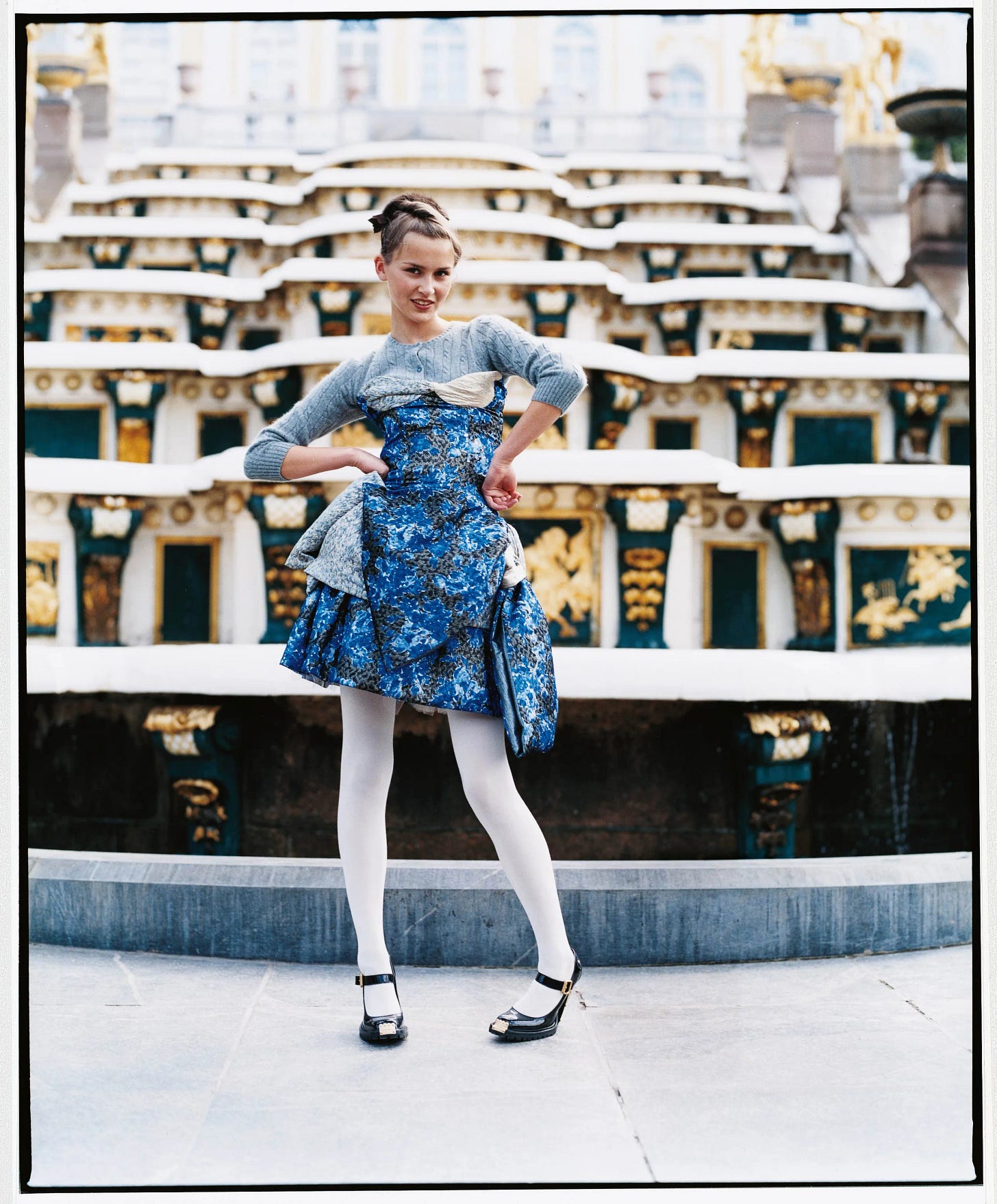
More recommended browsing/reading/watching
Brief history of Buster Brown shoes by Recollection Road (YouTube video)
Buster Brown and the Cowboy by Richard Barker, an actor who played multiple times as Buster Brown in Brown Shoe Company advertising campaigns
All the coloured links attached are in fact fun to browse through!
… Alright, pens down…
The rabbit hole I unexpectedly fell into was indeed a long and informative one which at the end of scrolling you should have more understanding of Mary Jane (the cartoon character) and Mary Janes (shoes) like I personally did. Hope you enjoyed reading this week’s dispatch! Next week I will be taking a study break so let’s reunite on the second week of March.
Until then,
Chris






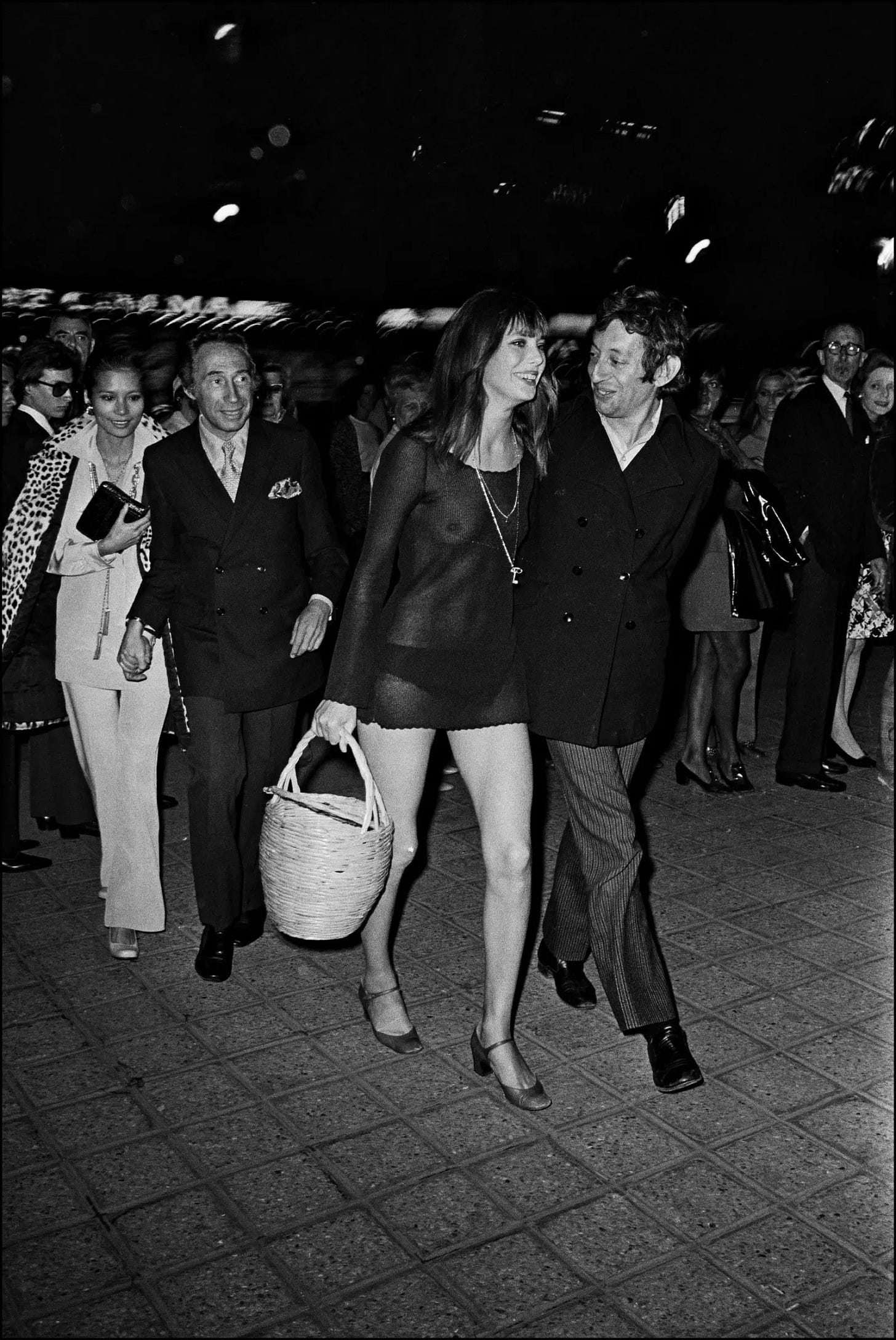
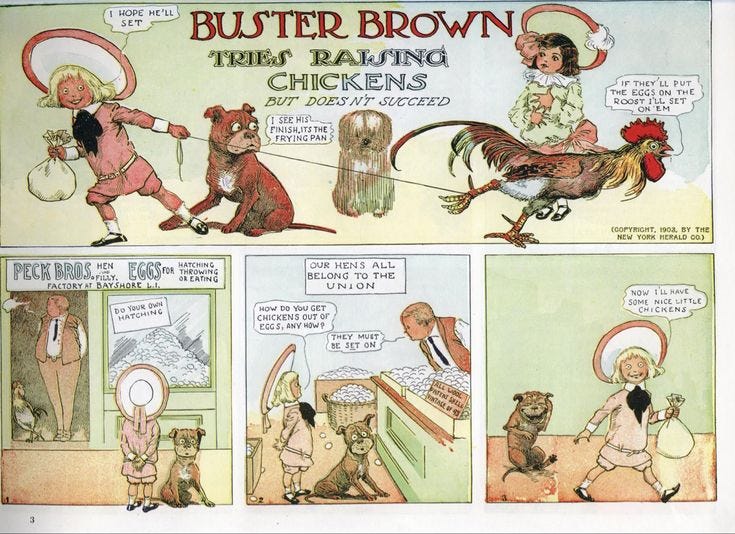
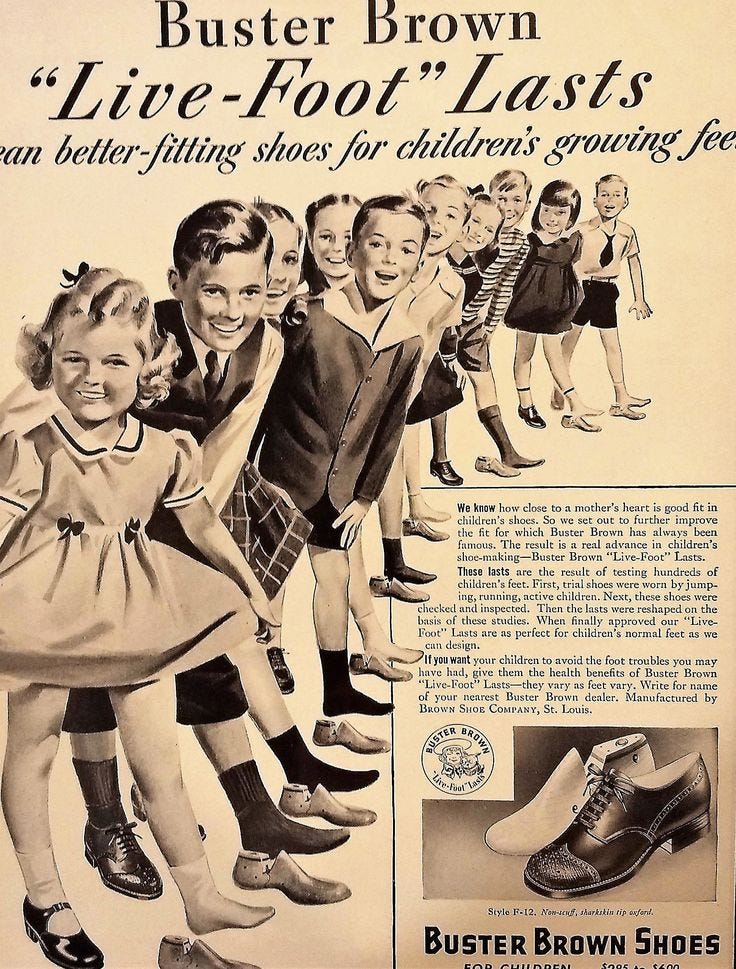
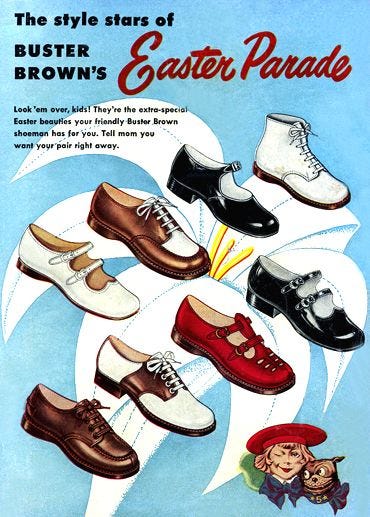
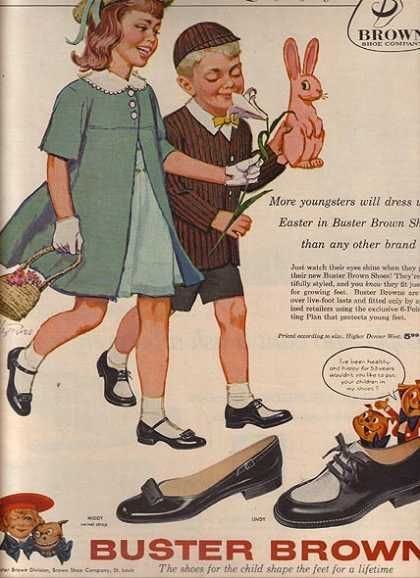
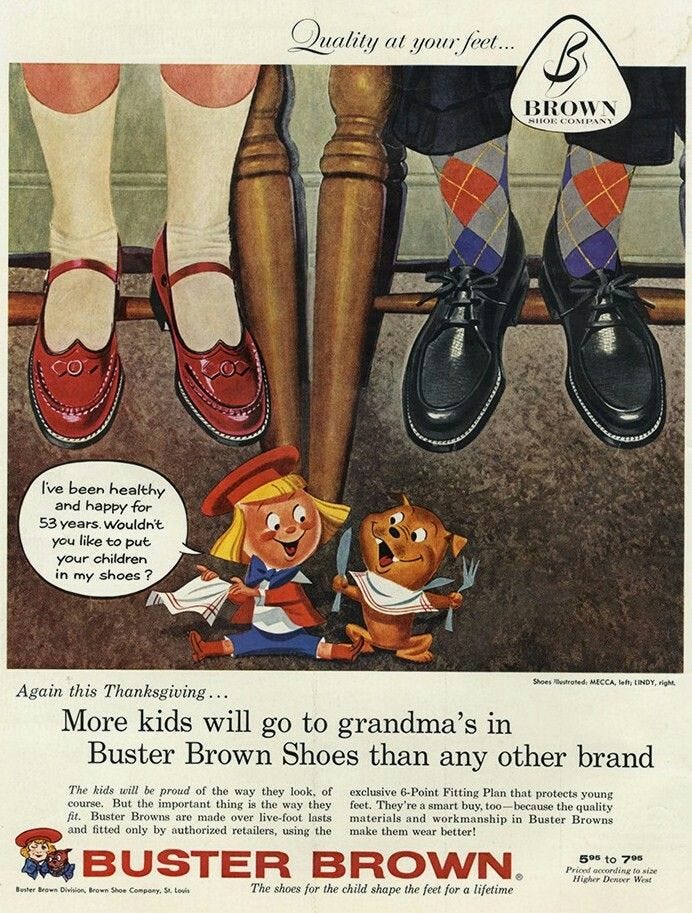
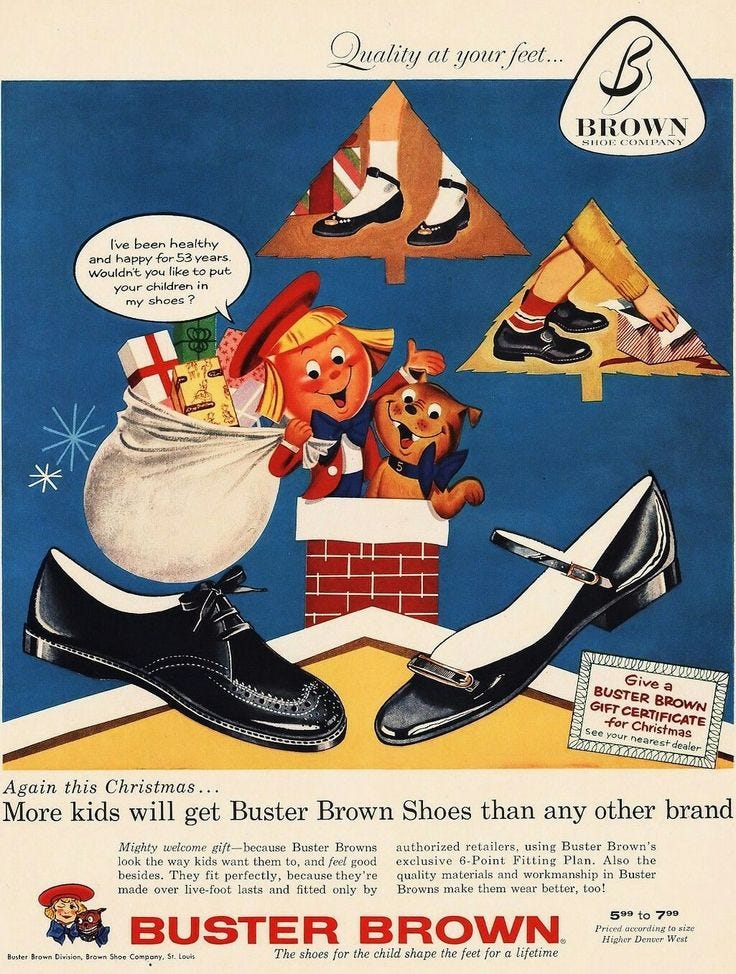
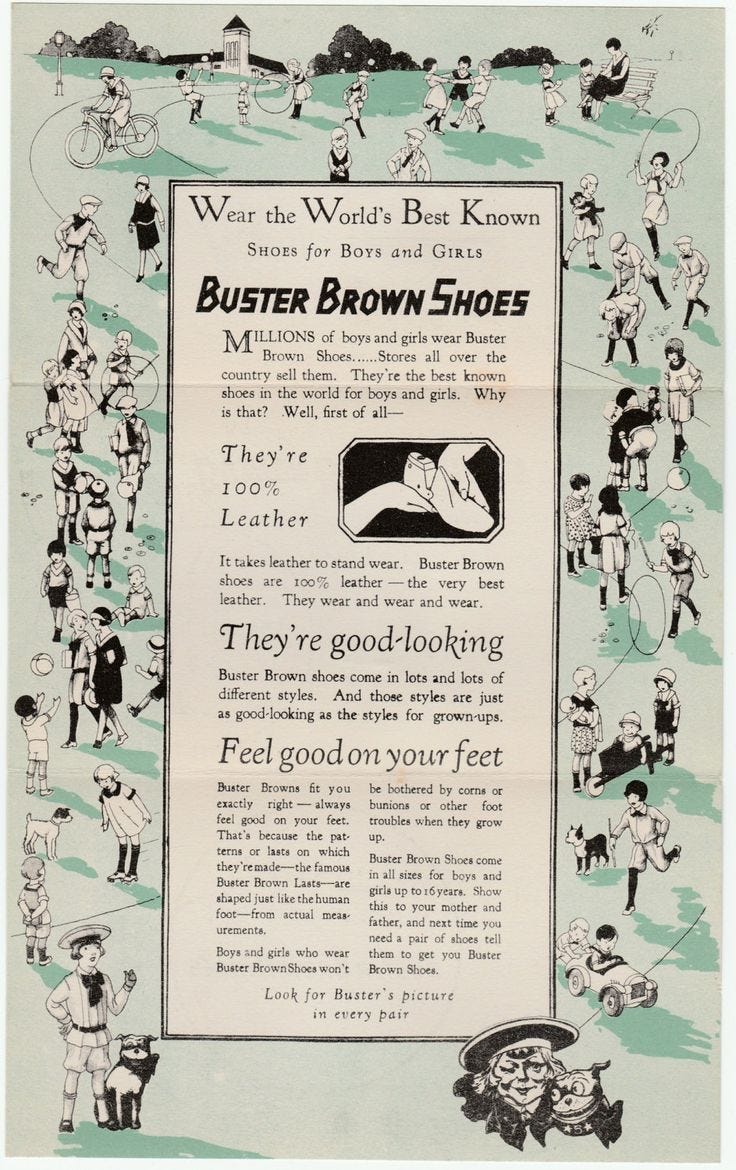




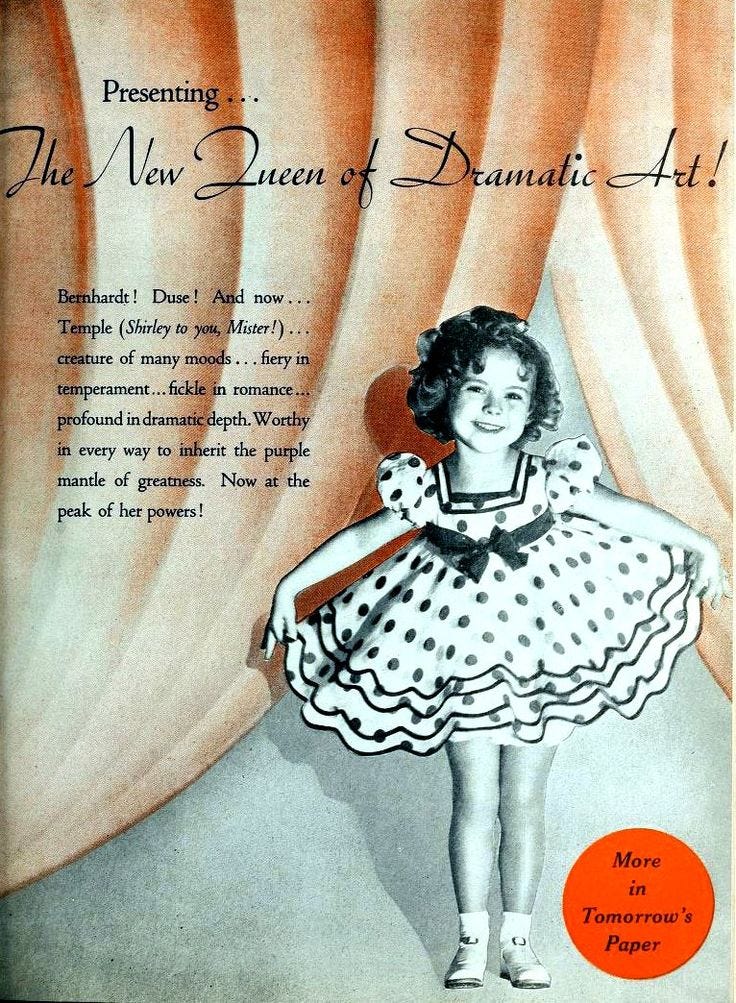
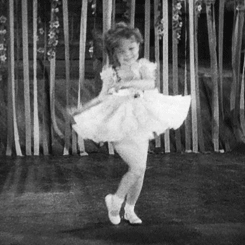

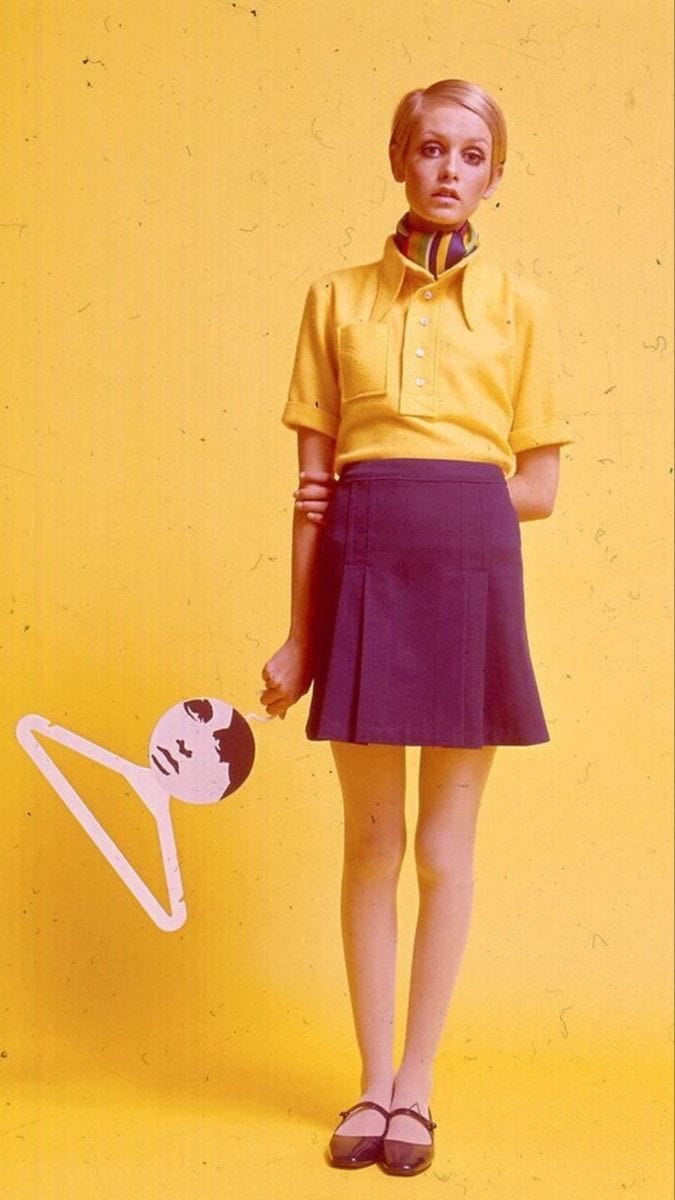



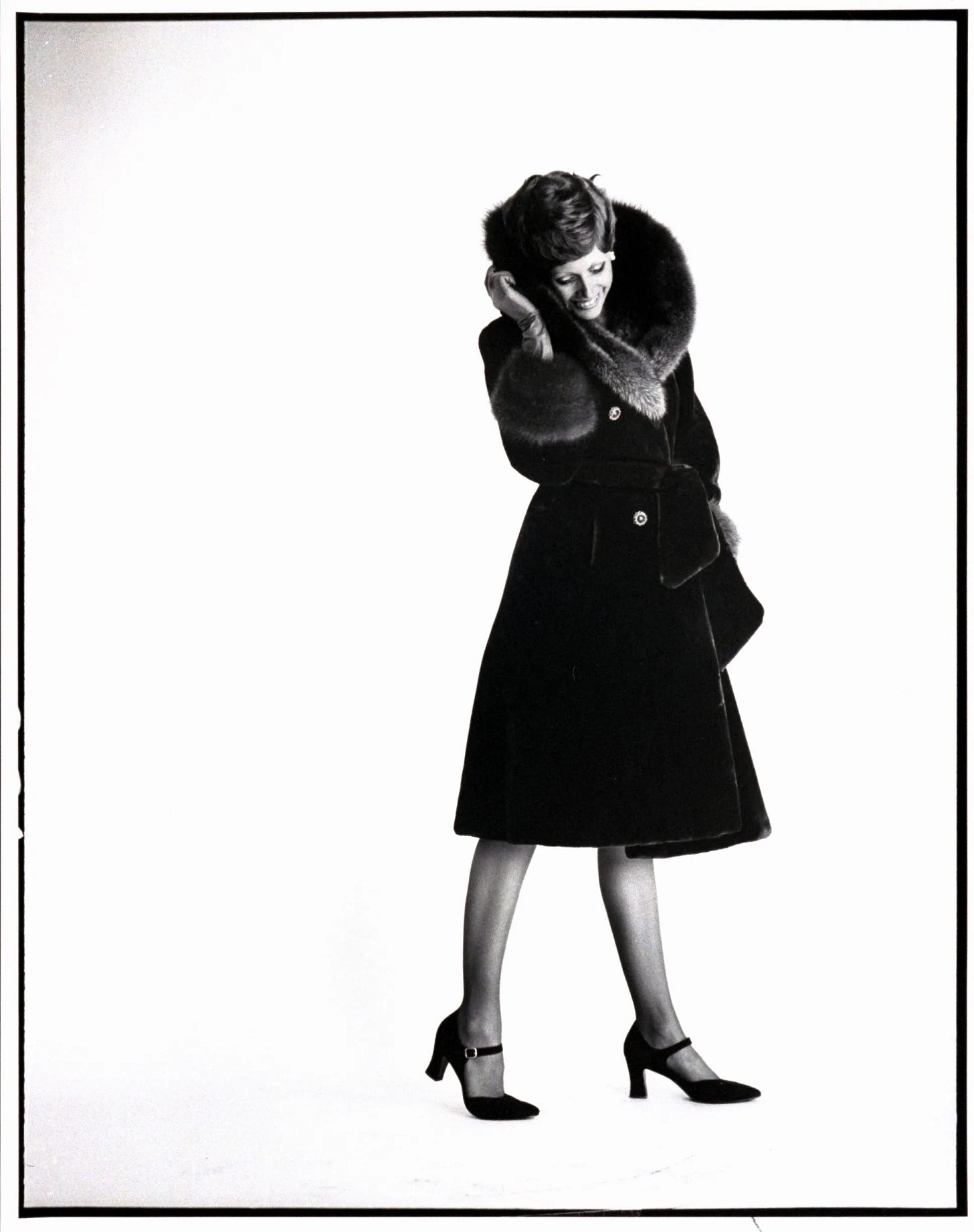
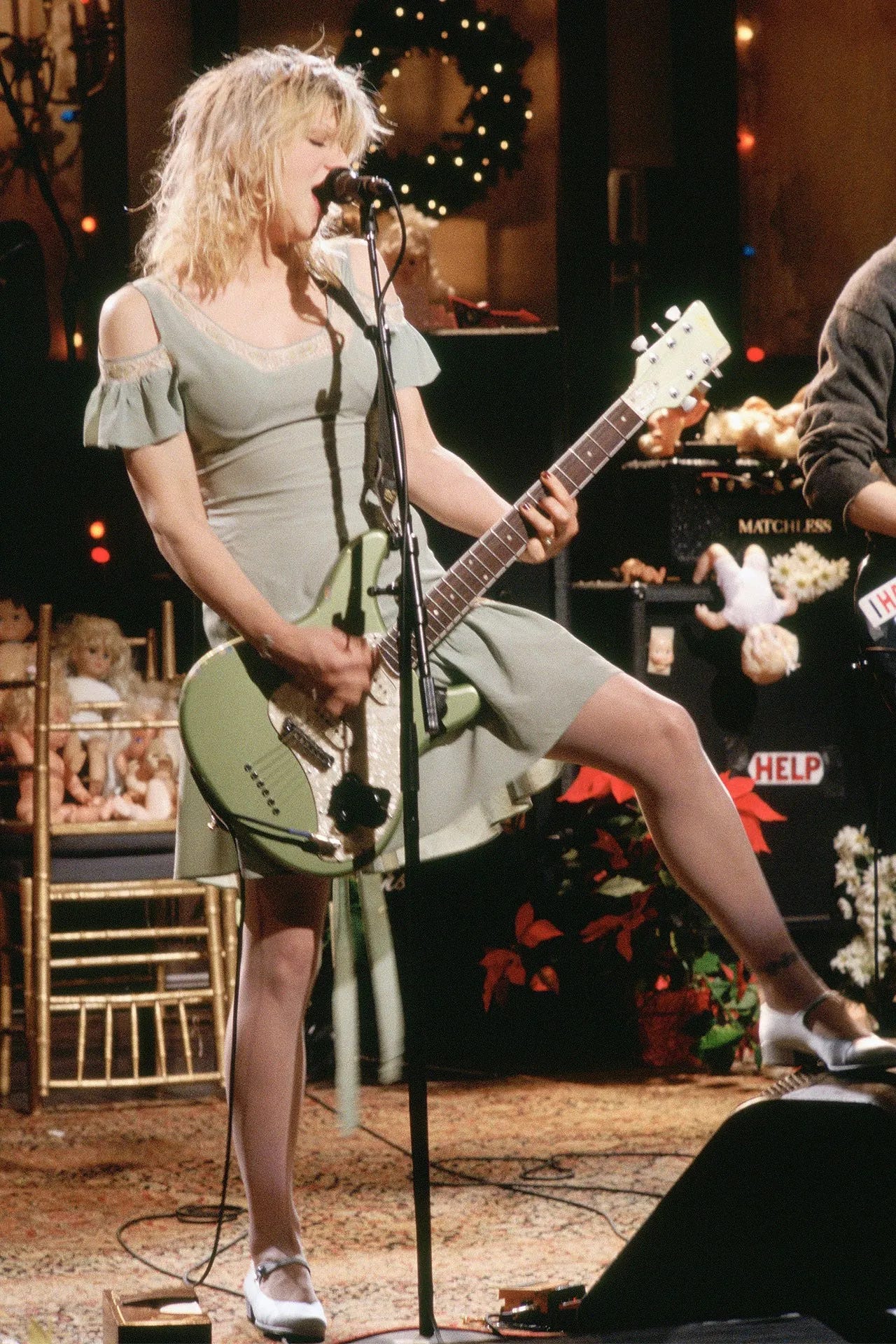
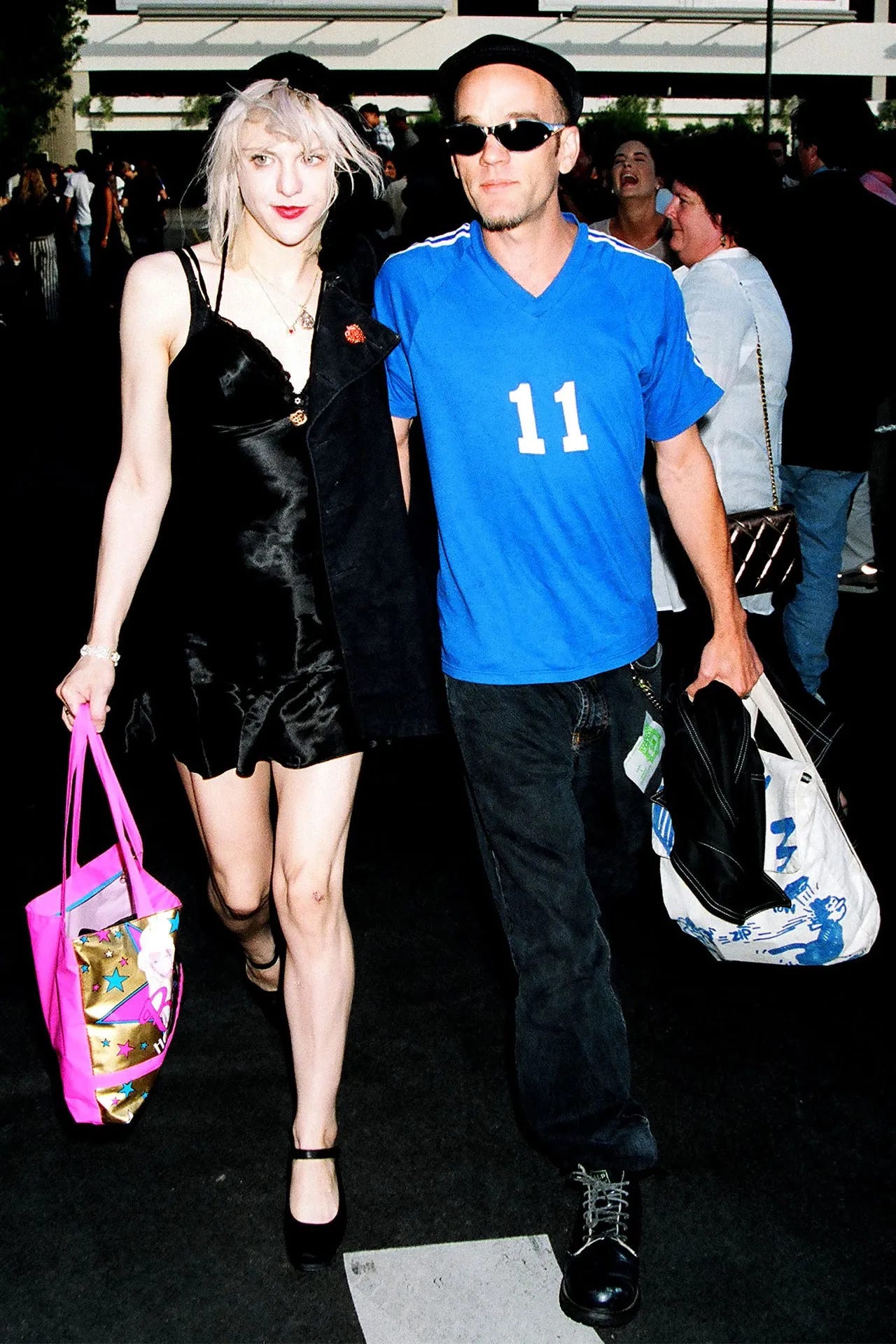
Thanks for this info! Mary Jane shoes are a staple in my wardrobe, and I didn’t know about their origin.
i LOVE a deep dive thank you for blessing us